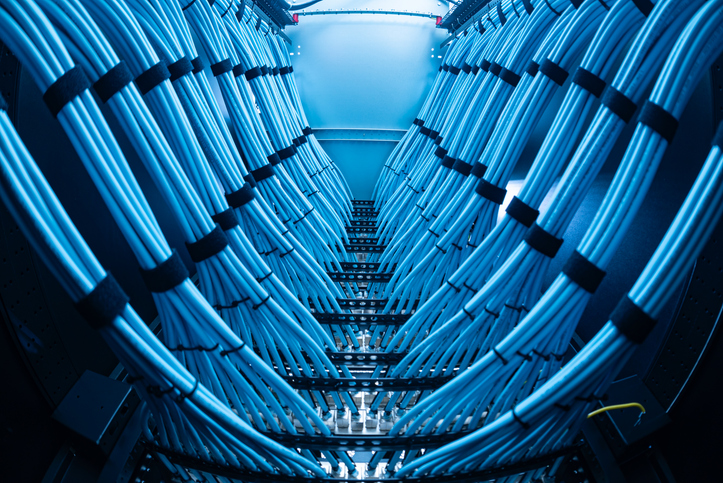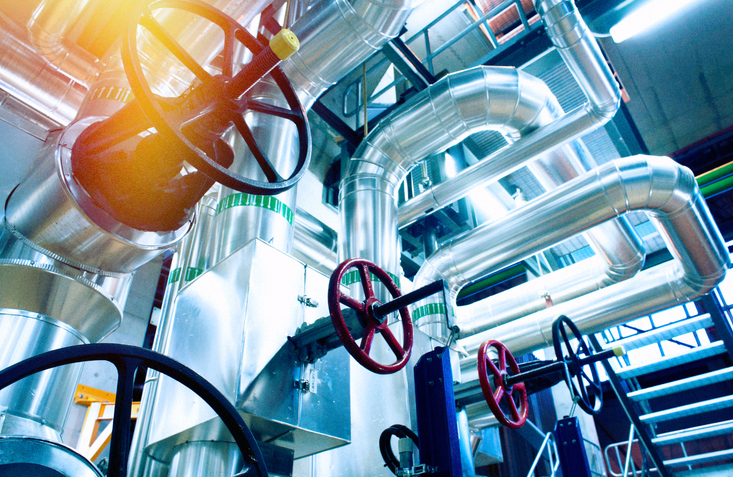
Modern organisations rely on accurate, real-time data to manage energy effectively. Without it, inefficiencies, waste, and excessive costs can go unnoticed. An energy monitoring device is the key component that turns invisible energy use into measurable insight.
Elcomponent, a UK leader in metering and data solutions, supplies a comprehensive range of monitoring hardware, software, and submetering services to help businesses understand and optimise their energy performance. From the portable PowerPack Pro to permanently installed loggers, Elcomponent’s technology powers smarter decision-making across every sector.
What Is an Energy Monitoring Device?
An energy monitoring device records consumption data from meters, sensors, and utility feeds, converting it into digital information that can be stored, transmitted, and analysed. These devices act as the bridge between physical energy flow and actionable data.
They are used across multiple applications, including:
- Tracking electricity, gas, and water usage
- Monitoring HVAC systems and process loads
- Supporting compliance with energy standards like ISO 50001
- Enabling building energy management systems (BEMS)
Elcomponent’s devices are built for precision, scalability, and reliability—key attributes for long-term commercial and industrial use.
PowerPack Pro: The Benchmark for Professional Monitoring
Among Elcomponent’s standout products is the PowerPack Pro, a high-performance data logger designed for professionals who require accuracy, portability, and versatility. It connects to multiple meters and sensors, records at configurable intervals, and stores large volumes of data securely.
Engineers and consultants rely on the PowerPack Pro for commissioning, site surveys, and temporary installations where rapid data collection is needed. When integrated with Energy Pro software, it provides a complete mobile-to-cloud monitoring solution.
Permanent Monitoring and Submetering
While portable devices offer flexibility, permanent e nergy monitoring devices form the backbone of ongoing energy management. Installed throughout a facility, they continuously log data from energy consumption meters, water submeters, and temperature sensors.
Elcomponent’s systems support all major communication protocols, including Modbus and pulse output, ensuring seamless integration with Energy Pro or third-party platforms.
By combining hardware and software, Elcomponent delivers complete energy monitoring solutions that give organisations precise control over their consumption.
Benefits of Using Energy Monitoring Devices
The advantages of professional-grade monitoring hardware are extensive:
Data accuracy: Reliable readings form the basis of credible analysis.
Granularity: Submetering down to circuit or process level reveals true energy patterns.
Cost control: Identifying inefficiencies enables targeted reduction initiatives.
Sustainability reporting: Verified data supports ESG frameworks and SECR compliance.
Operational insight: Engineers can diagnose equipment issues early through load profiling.
These benefits make energy monitoring devices indispensable in any modern commercial energy strategy.
Integration with Building Energy Management Systems
Data from Elcomponent’s monitoring devices can feed directly into a building energy management system, allowing facilities managers to optimise performance in real time.
This integration enables automatic control adjustments—such as reducing HVAC output during low occupancy or identifying out-of-hours consumption. When combined with Energy Pro, it becomes a closed-loop system where data drives continuous improvement.
From Data to Strategy
Collecting data is only half the story. Elcomponent’s Energy Pro platform converts readings from energy monitoring devices into clear visuals, reports, and automated alerts. Managers can benchmark sites, track savings, and pinpoint problem areas within seconds.
The result is a data-driven culture of efficiency—where every decision is informed, measurable, and aligned with sustainability goals.
Why Choose Elcomponent
Elcomponent’s reputation in energy monitoring comes from decades of innovation. Their devices are designed and supported in the UK, ensuring technical excellence and responsive service. Combined with expert submetering services, clients receive complete, tailored solutions from one trusted partner.
Conclusion
An energy monitoring device is the bridge between consumption and control. With Elcomponent’s advanced hardware, proven software, and professional services, businesses can turn data into action—cutting costs, improving performance, and building a sustainable future.









